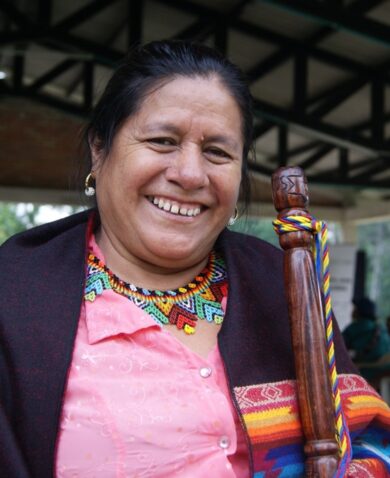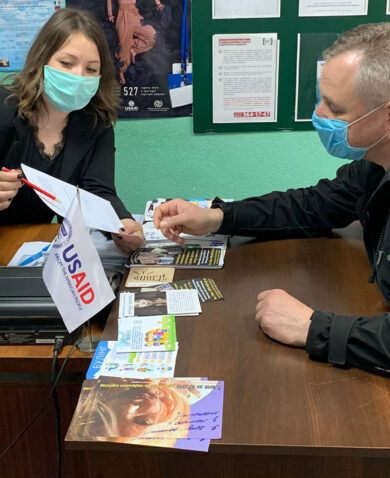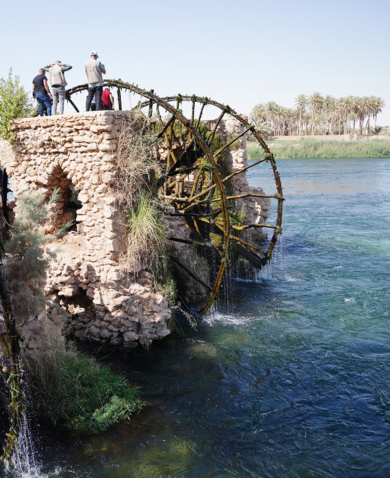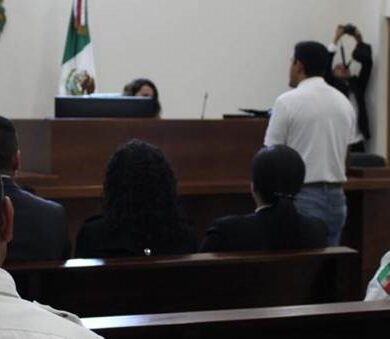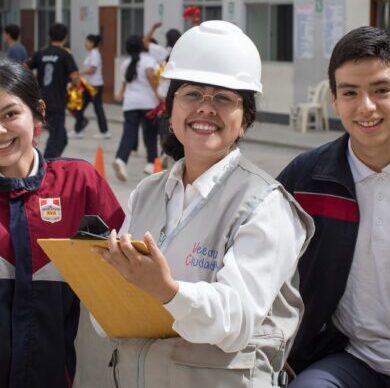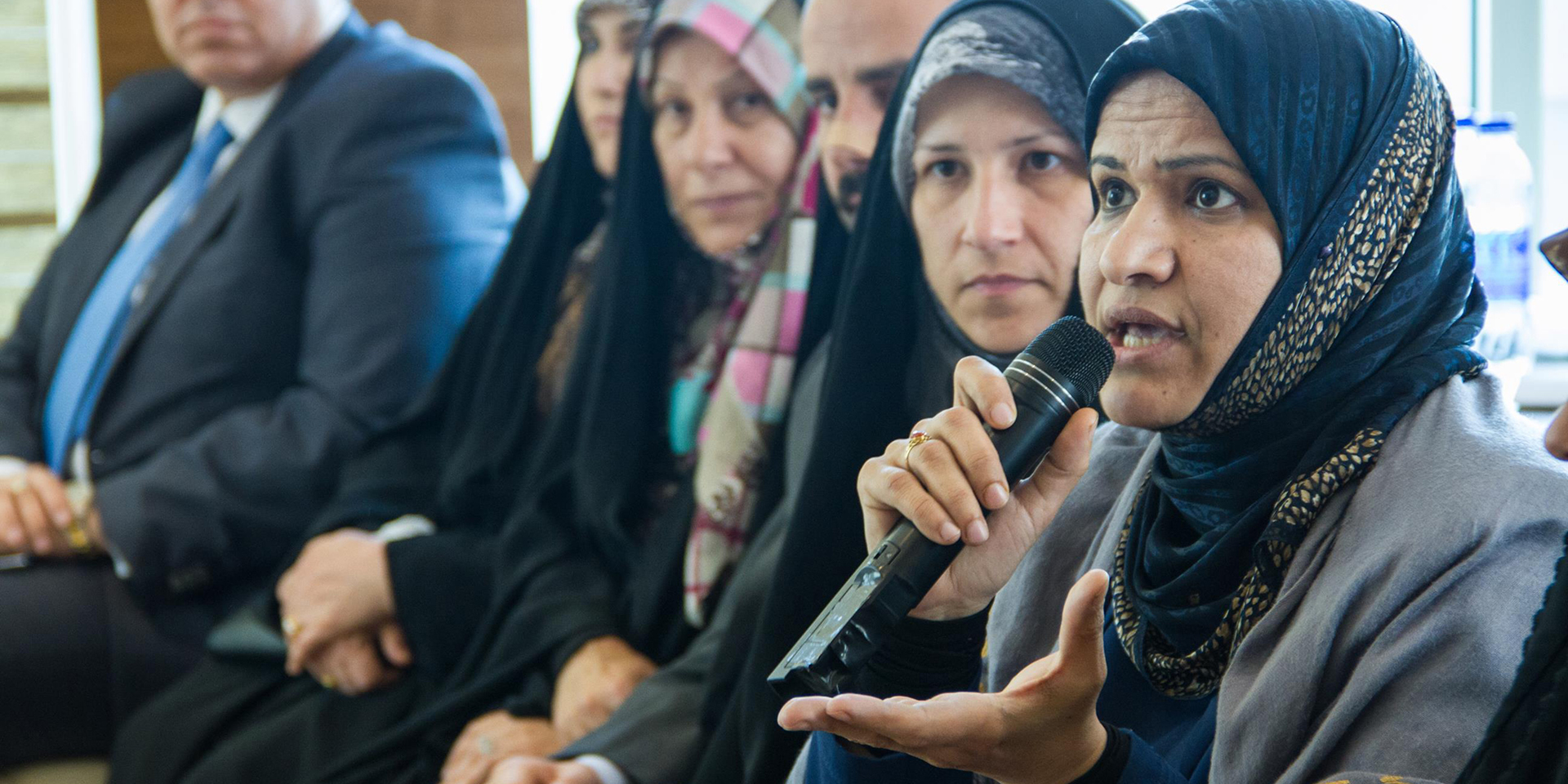
Democracy and Governance: Hot Topics on Our Mind
August 26, 2014 | 3 Minute ReadHow do we measure democracy and governance results, and how do we bring in new ideas and approaches? We welcome your comments!
As the head of Chemonics’ Democracy and Governance practice, I’m pleased to invite you to join us in an ongoing discussion about programming, trends, innovations, and experiments in this critical sector of international development work. To get the conversation going, I’m sharing here some thoughts that I hope will help structure our discussions moving forward. Initially, I want to emphasize that we’re eager to use this space to address any and all topics, perspectives, etc., on DG programming. Really nothing (within reason) is off limits.
As those of us working in this sector know, supporting the development of democratic—or simply better—systems of governance in transitioning contexts around the world is a complex business, and with each passing day, it seems to become ever more so. We’d love to explore, in this space, your thoughts on what you’re learning, what you’ve found to work—or not—and your additional insights, frustrations, and triumphs, large and small.
The 30,000-Foot View
That said, as we start out it might be helpful to identify some specific issues that are on our collective minds these days. At the most basic level, I think it’s fair to say that we all continue to grapple with the fundamental questions of how meaningful, long term change occurs in the contexts in which we work, and how we, as outsiders, can positively affect it. These are questions that apply on many levels, of course. For example, at what I’d call the “30,000-foot” or strategic level, donors, in designing their country strategies, struggle with how they, as external actors, can best use the tools at their disposal to support democratization and stronger governance in a non-democratic environment. They also consider the age-old issue of how to balance a desire to support democratic ideals and systems with competing strategic interests including national security interests.
On-the-Ground Institutional Strengthening
Like others working in the field of democracy promotion, those of us who implement projects think about these types of strategic issues all the time, have strong opinions on them, and naturally hope the results of our efforts ultimately affect the decision-makers’ decisions on them. However, as implementers, our daily lives are devoted primarily to finding ways to effectively support sustainable institutional transformation on the ground, often as part of a project the donor has already designed and for which counterpart and beneficiary institutions have already been selected.
We realize, of course, that on one level, development solutions are technical, and lie in identifying and applying the best models for independent judiciaries, transparent and efficient executive branch agencies, vibrant civil society organizations, non-discriminatory laws and social structures, and laws and systems for free press, speech, and association. We’ve also learned, however, that technically sound models are far from sufficient (and, some would argue, prevent us from focusing on the ultimate results we’re trying to achieve).
Without getting into a cataloguing of the democracy promotion community’s failures or successes, whether at the strategic or institutional levels, it seems we’re coming to the consensus that we need to do better—we need to find new solutions to the complex challenges of promoting democratic, more accountable systems of governance. It’s heartening, of course, to witness the thinking, research, and discussion that our community is devoting to these challenges. Recent thinking around aid effectiveness, and ensuring that local stakeholders are treated as full partners in the development endeavor, is encouraging, as is the recognition that development broadly speaking is political and requires deeper political economy analysis of counterpart contexts and more systemic, holistic approaches (see USAID’s Local Systems Framework). Similarly, the focus on results as opposed to institutions embodied in USAID’s June 2013 Democracy, Human Rights, and Governance (DRG) Strategy makes good sense, as does the concept of integrating governance concepts (such as participation, inclusion, transparency, and accountability) into other technical sectors, given that governance necessarily affects the sustainability of advances in those sectors.
But where do we go from here?
This is where you come in. Again, while we welcome your perspectives and ideas broadly, I’d suggest that given Chemonics’ role as an implementing partner, an organization that’s “in the trenches” of executing projects, this is a particularly good space to explore the issue of how to achieve and measure DG project results in the context of the continuing challenges, and new thinking and approaches, described above. What’s worked for you, at either a project-wide or institutional level? For example, we know that training, on its own, isn’t enough to bring about long-term behavior or institutional change, and nor are shiny buildings or IT systems – but what really works? Why (or why not)? What new ideas or approaches might be tested?
We welcome your thoughts, and look forward to having a dialogue with you over the coming months.




